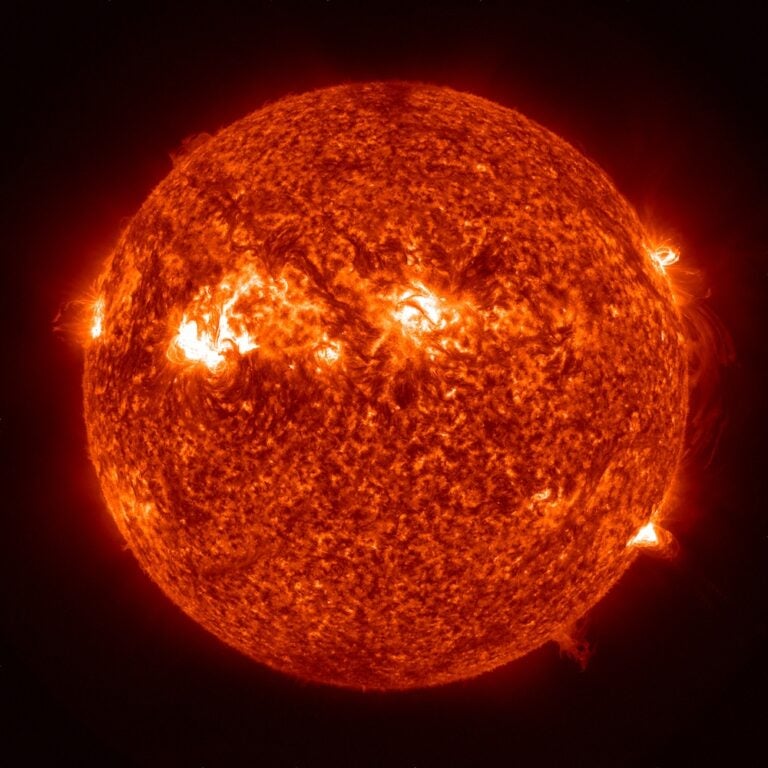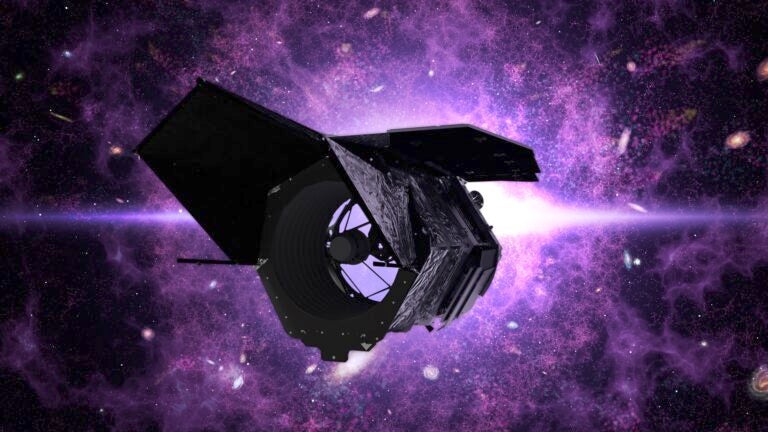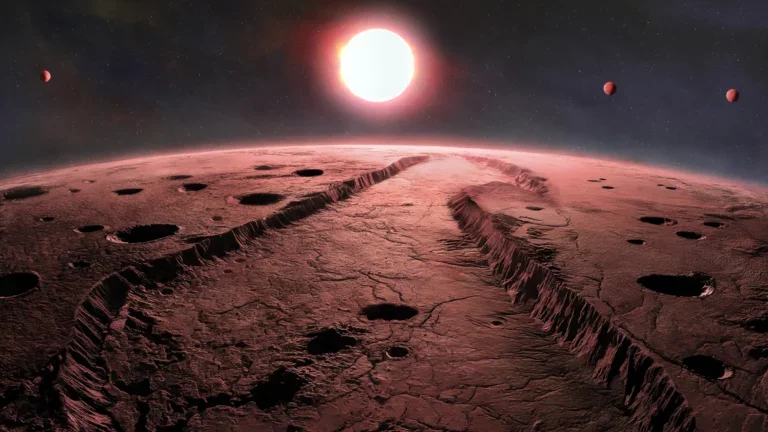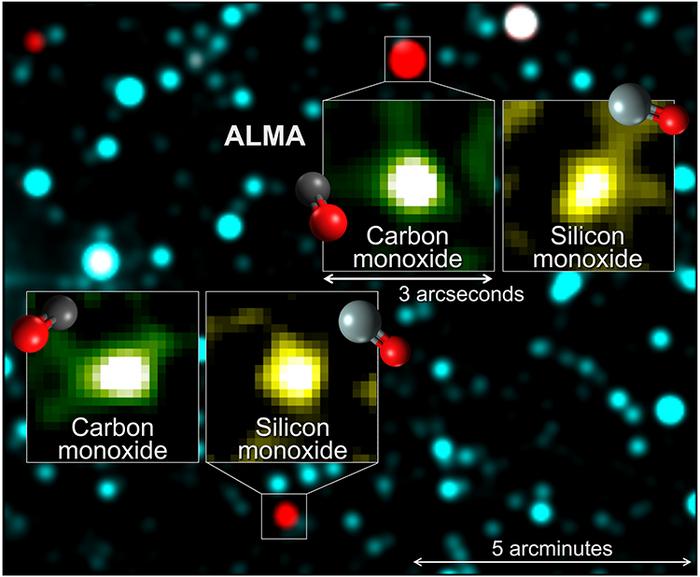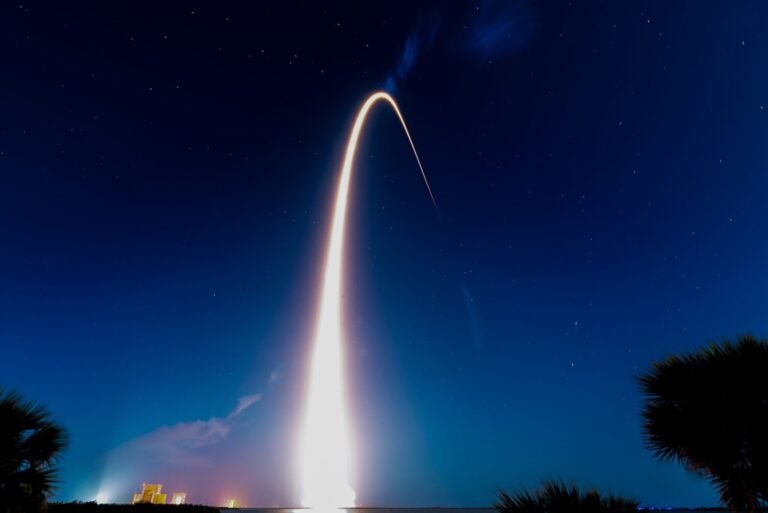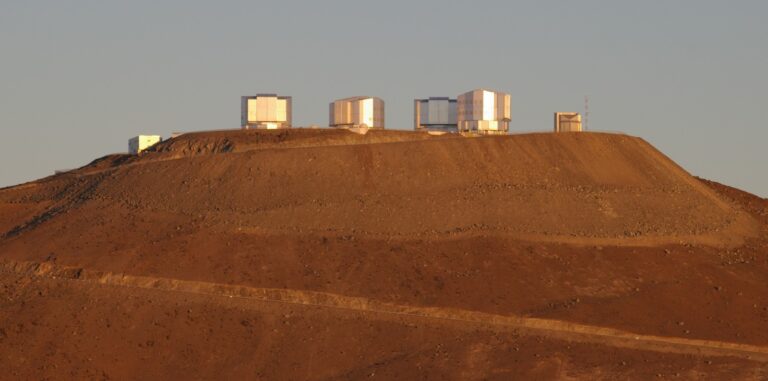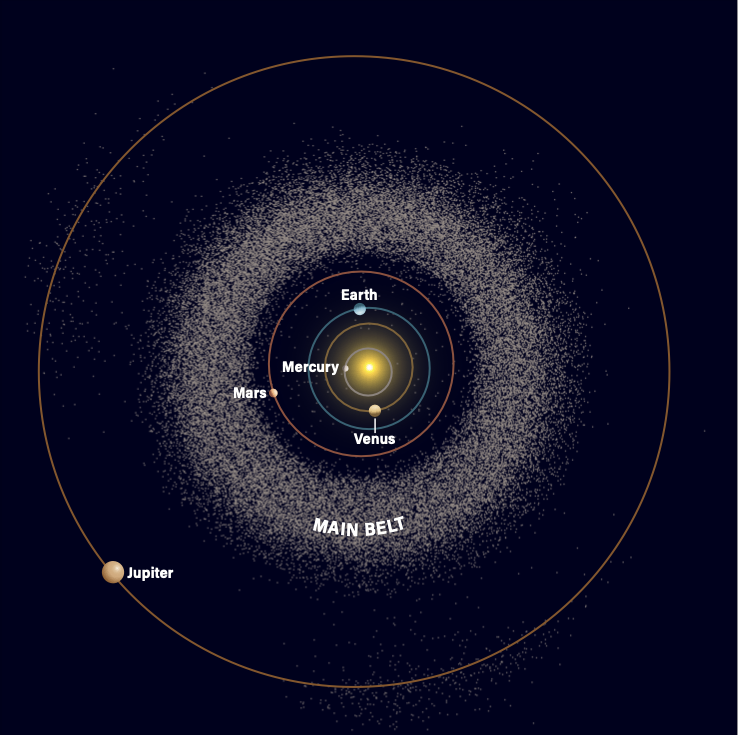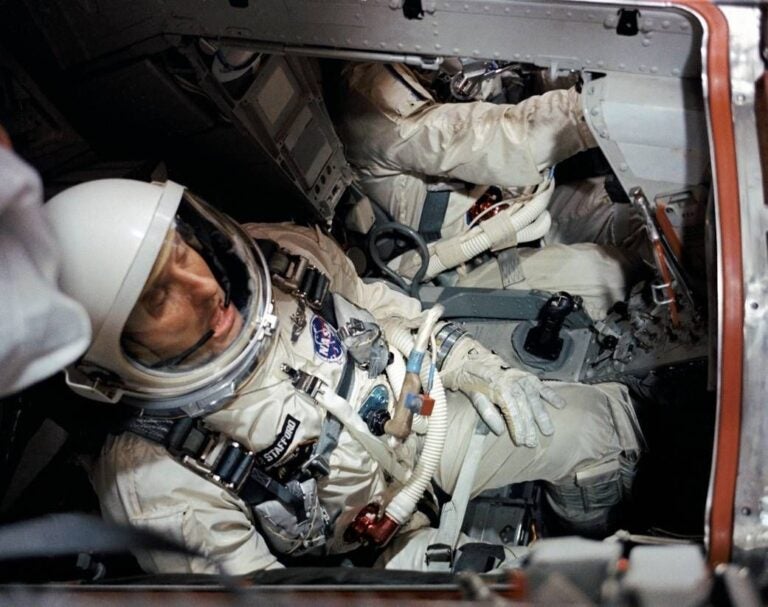
Despite what Star Trek and Star Wars may have taught you, the amount of time required to travel between stars is vast.
Consider Voyager 1. The spacecraft is traveling at 38,000 mph (61,155 km/h). If Voyager 1 were pointed towards our nearest star, Proxima Centauri (which it isn’t), it would take 73,000 years to reach its destination. What this means on a practical level is that any human spaceflight between the stars, even at speeds far beyond that of the Voyagers, would take, at the very least, tens to hundreds of years.
One long-postulated answer to the problem of the time required for interstellar travel is human hibernation, sometimes referred to as “suspended animation.” If humans could slow their metabolic rate drastically, they could potentially “sleep” for long periods of time and be awakened upon arrival at their destination. Human hibernation has been used to great effect in science-fiction films (think 1968’s 2001: A Space Odyssey or 1979’s Alien, to name just two), but is it really possible?
And would people even agree to do it?
Sandy Martin, professor emeritus of cell and developmental biology at the University of Colorado, thinks so: “I believe there will always be some humans that would consider hibernation for a few months an acceptable, if not desirable, trade-off compared to spending this time in very tight, close quarters or not getting to go [on a long duration spaceflight] at all.” In addition to addressing the psychological and social complications of such a trip, Martin says, hibernation would also reduce “the need for exercise, food, oxygen, water, and waste removal, thereby reducing payload and easing engineering problems. It will also likely lower the risk of radiation exposure.”
Medically-induced hypothermia
For humans to truly hibernate, many significant technical and medical problems would need to be solved. It is not clear if we ever will be able to make humans hibernate in the first place, but one possible option would be to exogenously lower the body temperature to slow the metabolism of hibernating humans, a practice known as induced hypothermia.
Medically-induced hypothermia is already used (with mixed results) by doctors among patients with severe heart attacks or traumatic brain injury in the hopes improving neurologic recovery. The degree of hypothermia currently used in hospitals is relatively mild (the patient is cooled to only a few degrees below normal), and the hypothermia is maintained for only a short period of time (one to two days). Hypothermia reduces oxygen demand at the cellular level, and, coupled with decreased cardiac output at low temperatures, may allow humans to hibernate for long periods of time. There are well-documented cases of people fully recovering from profound hypothermia, usually after accidental immersion in extremely cold water, so there is some precedent. Whether humans aboard an interstellar spacecraft could survive prolonged hypothermia, and what effects such a situation might have on the heart, brain, skin, eyes, kidneys, blood vessels, and other organs, is largely unknown.
Torpor
Another possibility to explore would be if humans could be placed into the kind of hibernation that animals use to survive harsh winters or times of scarce resources. Animal hibernation, sometimes also referred to as torpor, can be seen in many species, including birds, mammals, and marsupials. Hibernation in animals can last for hours to days to months. Alaskan bears have been known to hibernate for as long as seven months, although they may wake up and briefly move around if disturbed. Hibernating animals sharply lower their body temperature and heart rate, break down internal energy stores, and do not eat or drink. Critically, unlike medical hypothermia (which is externally induced), animals that hibernate naturally are able to induce and remain in this state on their own without outside support or intervention.
If humans aboard an interstellar craft could be induced into hibernation akin to what animals can do naturally, it might provide another pathway for humans to endure long-duration spaceflights. Humans do not naturally tolerate periods of metabolic depression — the physiologic parameters (temperature, pulse, blood pressure, etc.) that humans must maintain to survive are very narrow. For example, a fever just a handful of degrees above normal body temperature can be fatal. But scientists are studying the genetic and biochemical factors that allow animals to safely (and repeatedly) undergo hibernation. If such research bears fruit, it could potentially create treatments, such as gene therapy, that could allow future humans to undergo a form of hibernation as well.
“I think the biggest hurdle is understanding exactly how hibernation works to reversibly lower metabolic demand and protect organ systems throughout the body in natural hibernators,” Martin says. Despite that, she says she does believe that we have the technology — or we soon will — to better understand animal hibernation and mimic it in humans, “if sufficient resources are available to enable a reasonable, concerted effort,” she adds.
More challenges
Other key questions regarding human hibernation remain unanswered, though. Who would monitor the hibernating crewmembers? Would some humans be kept awake so that they (and potentially their progeny) could make sure the sleeping crew were safe? What if caretaker and/or hibernating humans fell ill? Would an AI be able to do oversee the safety of hibernating humans? If an AI was chosen, could it be counted upon to function reliably for a long period of time? In the event of an emergency, how quickly could hibernating crewmembers be awakened, and how long after revival would it take for them to function normally? Could hibernation be safely induced in the same individual more than once?
All will need to be answered before humans could ever use hibernation technology in real life. Given that human spaceflights to Mars (and beyond) may not be that long in coming, research into human hibernation seems to be worthy of careful investigation.


